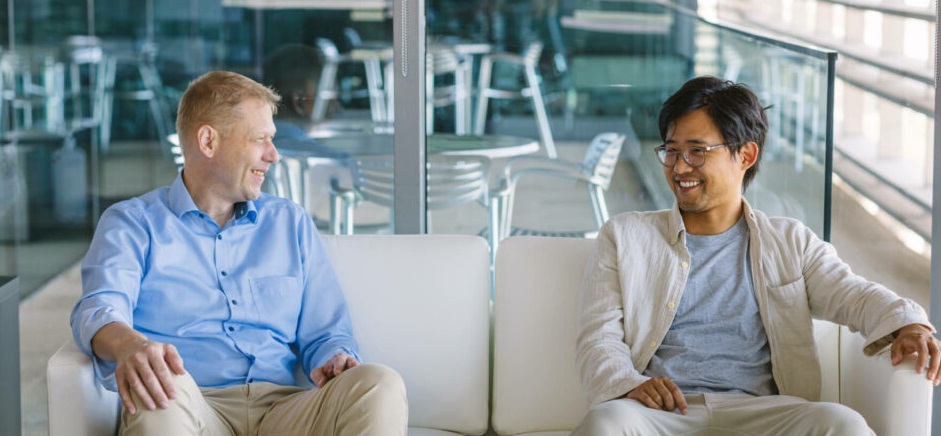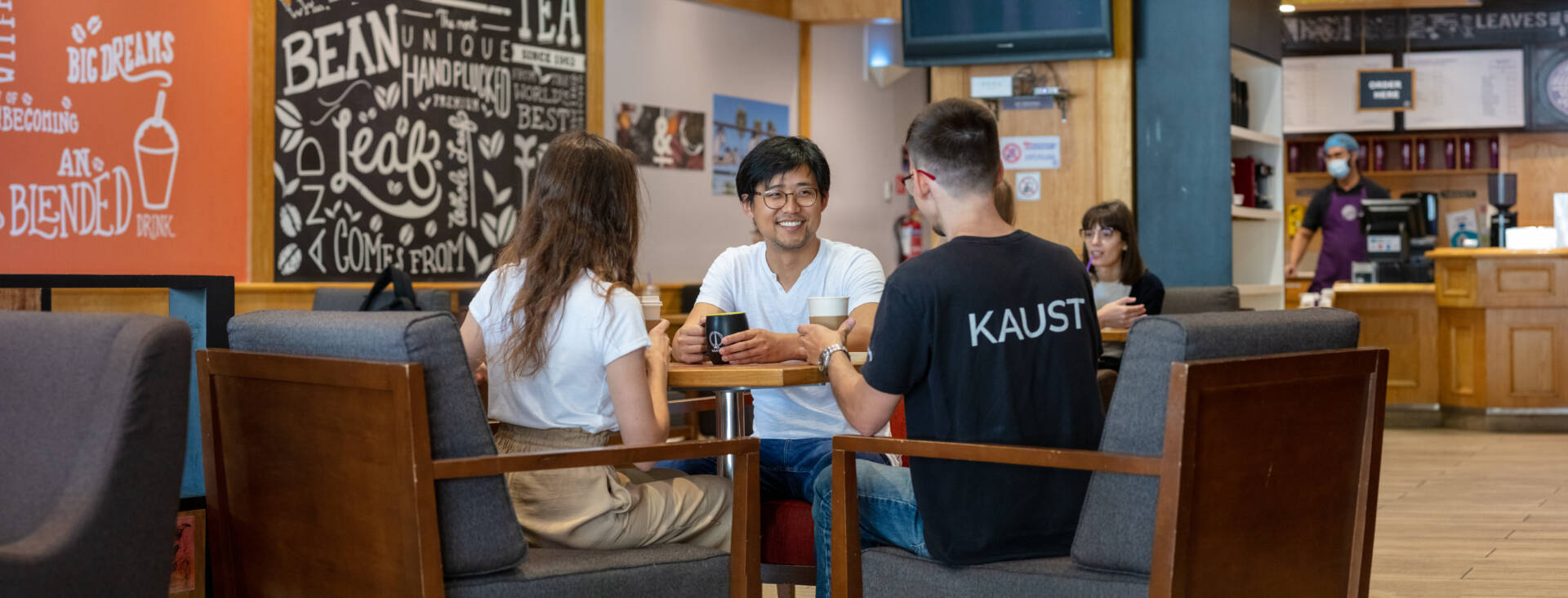In the kitchen, microwaves and metals do not mix. But in the lab – with careful handling – the results can be spectacular. Using an under-appreciated microwave-based method called electron paramagnetic resonance (EPR) spectroscopy, KAUST research scientist Jeremy Bau from Magnus Rueping’s research group has captured an elusive molybdenum-hydrogen bond.
The finding settles a nearly two-decade-long debate on molybdenum’s role in an electrocatalyst that splits water molecules to produce clean hydrogen fuel. “The overall goal is to provide a strong rationale for why we can replace expensive platinum catalysts with molybdenum, a relatively common industrial metal,” says Bau. “Economically and environmentally, this would be a huge upgrade.”

Although molybdenum-containing electrocatalysts have shown promise, molybdenum’s role in the reaction had remained an enigma, limiting efforts to design improved catalysts.
One possibility was that molybdenum in the +3 oxidation state was the catalytically active species. “I’d been reading about EPR as a possible way to detect this oxidation state,” Bau says. EPR is rarely used in modern electrocatalysis research, but Bau suspected it could be the right technique for the task. “EPR allows you to detect elements that are paramagnetic, where you don’t have a fully paired electron set, such as Molybdenum 3+,” he explains.
“I thought it was an interesting idea, and Jeremy’s combination of skills and enthusiasm were ideal for the project,” Rueping says.
The initial challenge was to get an electrochemical cell inside an EPR machine to check for the target ion. “EPR uses microwaves to probe a sample, so putting electrically conductive things in there is a little like when your younger brother puts aluminum foil in the microwave,” Bau says. Although sparks do not fly, metal objects can interfere with the EPR signal.
Bau found a key partner for the project in experienced EPR scientist Abdul-Hamid Emwas, who works in KAUST’s central laboratories (Core Labs). “It is such a niche topic, Abdul-Hamid’s EPR expertise has been instrumental,” Bau says. The pair built an electrochemical cell specially adapted to put inside the EPR machine. In the first phase of the work, they analyzed a nickel-molybdenum catalyst and detected a spectroscopic peak corresponding to Mo3+. However, this still was not concrete evidence that this is how water splitting takes place.
“I thought it was an interesting idea, and Jeremy’s combination of skills and enthusiasm were ideal for the project”
The breakthrough came with the shift to a different catalyst material, molybdenum sulfide. Bau electrodeposited the new catalyst onto the electrode of the adapted electrochemical cell, at which point, seized by curiosity, he placed just the electrode into the EPR machine, rather than assemble the cell. “I expected to see nothing, but to my amazement we got the same signal we had seen in nickel molybdenum, only broader,” he says. “It was one of those chance discoveries where you know you have found something big, even though you don’t yet understand the full implication.” The team showed that the broadened peak was due to the molybdenum-hydrogen bond, confirming the metal’s direct role in the reaction.
Investigations into the applications of the discovery are continuing. “EPR is a little complicated, but for studying electrochemistry mechanisms it could be very helpful,” concludes Bau. “We are writing a review article to show people how they can use EPR to their advantage.”
“EPR’s use in electrochemistry is sometimes limited, but our work has helped to show that with proper modifications it is possible to collect useful information,” adds Rueping. “I like to support my students and postdocs when they come up with new ideas, and this is an example where it has turned out wonderfully.”

